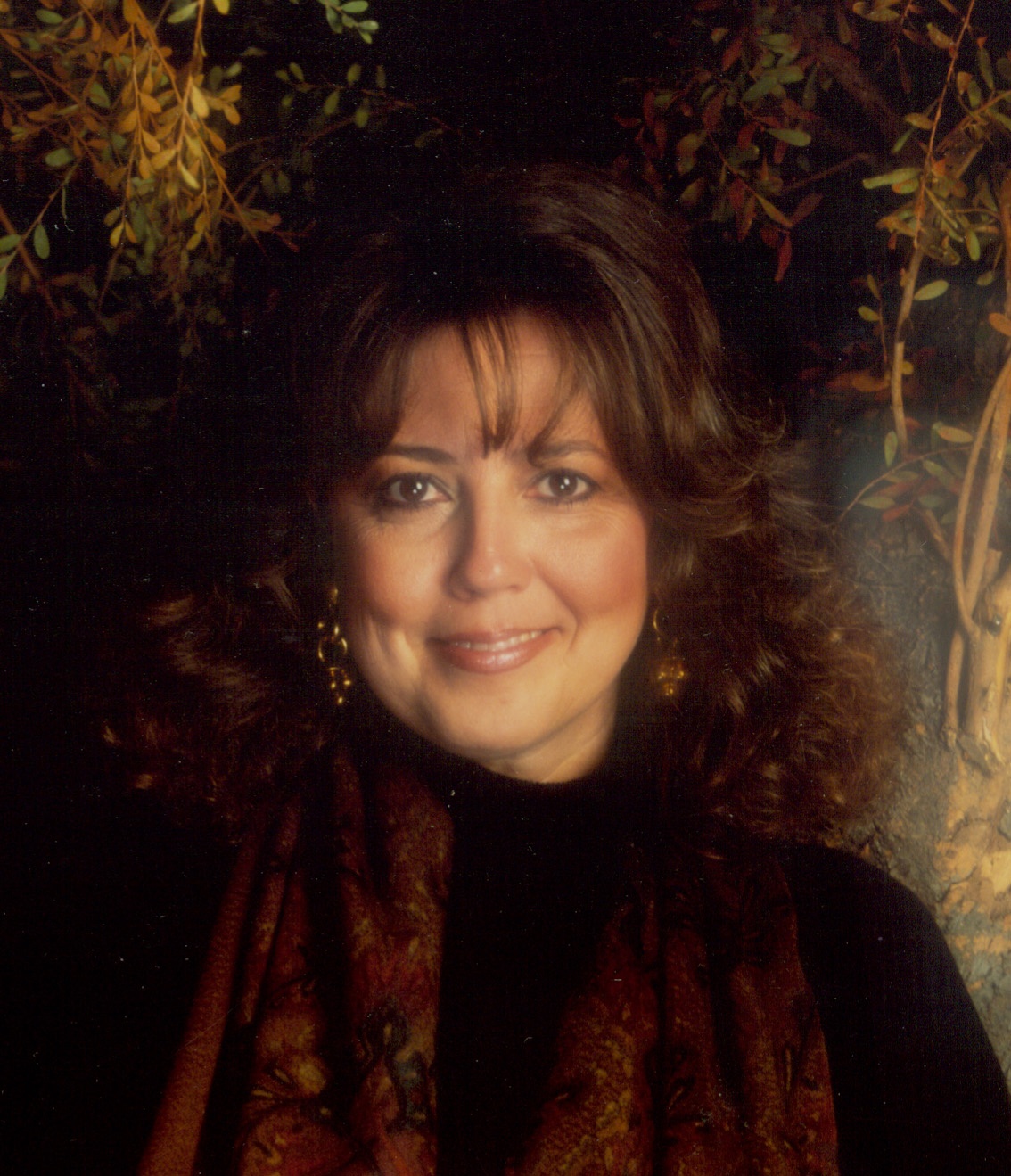Linda Bloodworth-Thomason’s journey, from a small Missouri town to the heart of Hollywood, is a testament to the power of storytelling. Her sharp wit, distinct Southern charm, and unflinching portrayal of strong women revolutionized television. This article explores her life, career, and enduring impact on the entertainment industry and beyond.
The Making of a Storyteller
Born in Poplar Bluff, Missouri, on April 15, 1947, Linda Joyce Bloodworth’s early life provided fertile ground for her future storytelling. Growing up in a small town likely offered a unique window into human interaction, exposing her to a diverse cast of characters and everyday dramas. These experiences probably shaped her ability to craft relatable narratives that resonated with audiences nationwide. After graduating from Poplar Bluff High School and earning a Bachelor of Arts in English from the University of Missouri, Bloodworth-Thomason embarked on a diverse career path that further enriched her storytelling toolkit. She taught high school English, worked in advertising for The Wall Street Journal, and honed her reporting skills at the Los Angeles Daily Journal. These experiences likely sharpened her observation skills and provided invaluable insights into different social circles and perspectives, all of which would later inform her character development and dialogue.
In 1978, a pivotal meeting with Harry Thomason changed the course of her life, both personally and professionally. They married in 1983 and co-founded Mozark Productions, a partnership that would prove instrumental in bringing her unique vision to television. This early career trajectory, from small-town Missouri to the bustling landscape of Los Angeles, suggests that Bloodworth-Thomason’s storytelling was a culmination of diverse influences, blending Southern charm with a keen understanding of human nature.
A Television Trailblazer
Bloodworth-Thomason’s impact on television is undeniable. Her breakthrough show, Designing Women (1986-1993), was more than just a sitcom; it was a cultural touchstone. Centered around four women running an interior design firm in Atlanta, the show fearlessly tackled social issues like sexism, racism, AIDS, and homophobia, all while maintaining its signature Southern wit and humor. Designing Women showcased strong, independent female characters who weren’t afraid to speak their minds, a representation that was relatively rare on television at the time. It suggests that audiences were hungry for stories that reflected their own experiences and sparked important conversations. It may also have influenced other female-led comedies with their sharp and witty dialogue.
[https://www.btplusone.com/linda-kozlowski-net-worth]
From the bustling city of Atlanta to the tranquil setting of small-town Arkansas, Bloodworth-Thomason co-created Evening Shade (1990-1994). Starring Burt Reynolds as a former professional football player turned high school football coach, the series explored themes of community, family, and the challenges of everyday life. Evening Shade likely resonated with viewers due to its focus on universal themes of belonging and its heartwarming portrayal of small-town life. This demonstrated Bloodworth-Thomason’s versatility and her ability to craft stories that appealed to a broad audience.
Her other notable works include Hearts Afire and Women of the House, further showcasing her dedication to creating compelling narratives with strong female leads. While these shows may not have achieved the same level of cultural impact as Designing Women, they nonetheless contribute to her overall legacy of creating television that was both entertaining and thought-provoking.
[https://www.btplusone.com/maddison-bullock]
Beyond the Screen: Politics and Advocacy
Bloodworth-Thomason’s influence extended beyond the realm of entertainment. A close friend of Bill and Hillary Clinton, she leveraged her storytelling skills to create promotional films for Clinton’s political campaigns, demonstrating her understanding of the power of narrative to shape public opinion. This intersection of entertainment and politics is a fascinating aspect of her career, suggesting that her talent for crafting compelling stories transcended the boundaries of traditional television.
Her commitment to social justice is evident throughout her work. She championed marginalized communities, giving voice to those often unheard, and used her platform to advocate for progressive values. While the full extent of her political influence is still being studied, it’s clear that Bloodworth-Thomason saw storytelling as a tool for social change.
Navigating Challenges and Shaping a Legacy
Bloodworth-Thomason’s career wasn’t without its challenges. In 1992, she signed a landmark $50 million deal with CBS, only to face alleged career sabotage by then-CEO Les Moonves after speaking out against his alleged sexual misconduct. This period, marked by a seven-year hiatus from network television, highlights the difficulties faced by women in the entertainment industry and the potential consequences of challenging powerful figures. In a 2018 Vanity Fair article, she famously retorted to Moonves, “Go F–k Yourself.” This direct quote captures her resilience and refusal to be silenced, further solidifying her image as a strong and outspoken woman. It’s critical that accurate attribution is given when using this direct quote, as it carries significant weight in the context of their professional relationship.
Despite these setbacks, Bloodworth-Thomason continued to create. She wrote the novel Liberating Paris (2004), produced the documentary Bridegroom (2013), and revised the book for the musical First Wives Club (2015). These later works demonstrate her creative versatility and her enduring commitment to storytelling across different mediums.
A Lasting Impact
Linda Bloodworth-Thomason’s legacy continues to shape television today. Designing Women remains a landmark show, inspiring generations of female writers and paving the way for more diverse and socially conscious programming. Her work, both on and off the screen, serves as an example of how storytelling can entertain, provoke thought, and create positive change. While much of her impact is clear, ongoing research and analysis will likely reveal the full extent of her influence on television, social commentary, and political discourse.










